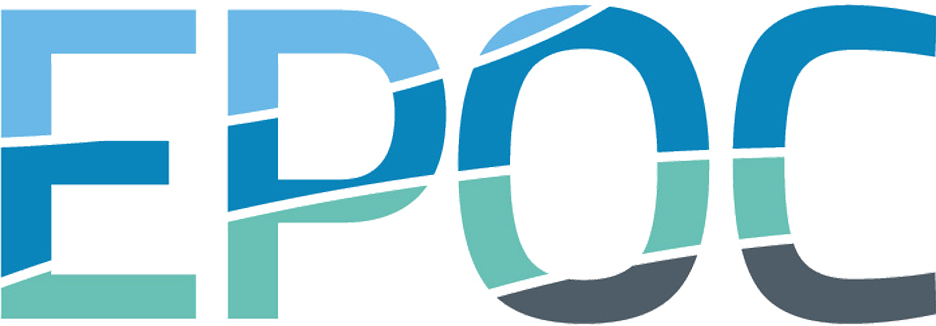Reviews
Researchers and institutes around the world rely on the AvaaTech Core Scanner in their daily work. On this page, users share their experiences, not only with the scanner itself, but also with our service and support. Read how others value the reliability, ease of use, and personal support.
User Ratings
4.7/5
Overall satisfaction
4.8/5
Data quality and consitency
4.8/5
Ease of integration
into research workflow
4.9/5
Technical and scientific support
Larry C. Peterson
University of Miami, USA
Rosenstiel School of Marine, Atmospheric and Earth Science
Our lab has the first Avaatech Core Scanner installed in the United States (2006). It has played a fundamental role in paleoclimate research here using marine and lacustrine sediments from around the world. The instrument has been remarkably reliable. Since the original installation, only two in-person visits by Avaatech engineers have been required. All other problems have been resolved remotely.
Technical support and data quality are excellent. At times, the Scanner has received around the clock use. At other times, it sits between projects. Services are provided to both internal and external users. Overall, a great instrument.

Alexandra Hangsterfer
University of California San Diego, USA
Scripps Institution of Oceanography
At Scripps Institution of Oceanography we have both a 3rd and 6th Generation Avaatech Core Scanner that support multi-disciplinary research projects from researchers and students both inside and outside of Scripps. Examples of projects supported are: long term (over 100 million years) IODP core scanning projects; marine geology and archaeology projects; digitization of Scripps archive core collection; high resolution fish population studies; lake, mangrove and wet land studies; and more. We decided to purchase the Avaatech core scanner because of its reliability, reproducibility, size and ease of operation, and the personal and consistent technical support from Avaatech. In terms of broader impacts, numerous undergraduate students have been trained to independently operate our core scanners supporting numerous research projects over more than a decade and a half. Some undergraduate students have presented results at professional conferences. Finally, the use of our core scanner has also resulted in the publication of numerous scholarly articles.
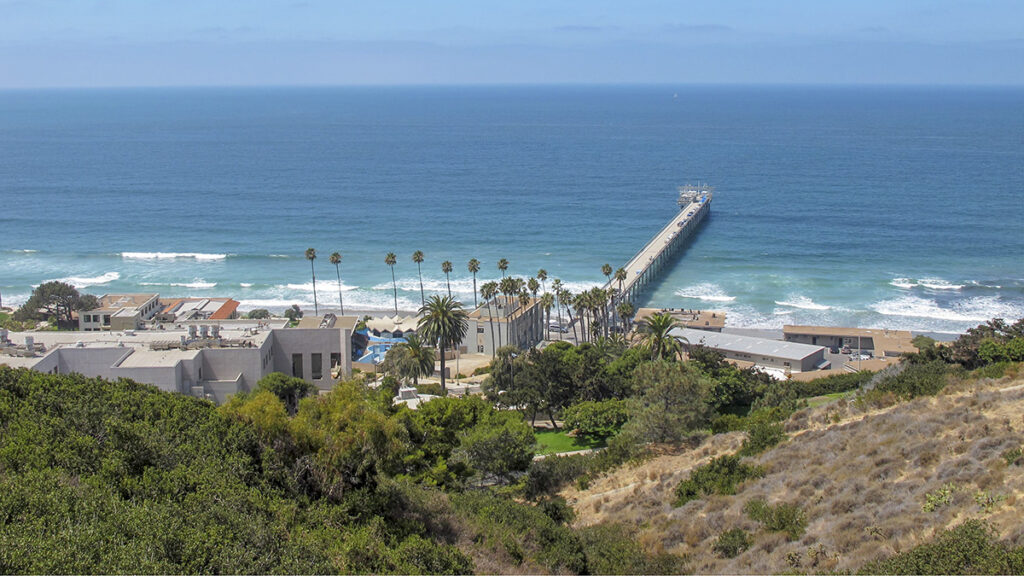
Fatima Abrantes
Instituto Português do Mar e da Atmosfera (IPMA), Portugal
I am a paleoceanographer and the ability to conduct continuous evaluation of the main chemical components of the sediments in high resolution has opened a new window of opportunity for paleo research in general, from a better determination of correlation between sedimentary sequences, essential for age model constructions to a better and finer understanding of the longtime variability of currents’ activity, hydrological conditions on land or oceanic primary production.
The XRF system’s ability to acquire high-quality data promptly, combined with calibration for quantitative determinations of the elements of interest, enables the semi-quantitative data it provides to be transformed into a quantitative record.
The selection of this equipment was based on the fact that the IODP core repositories were using it, and the information on its quality was convincing, as it would facilitate easier data intercomparison.
It is easy to use, robust, and has magnificent technical support.
The acquisition of the XRF equipment, the only one in the country, has given the institution the capacity to participate in highly recognized international programs, such as IODP, at another level.

Anonymous scientist
Environnements et Paléoenvironnements
Océaniques et Continentaux (EPOC), Université de Bordeaux, France
Since 2008, the Avaatech XRF core scanner has been used in the laboratory (UMR EPOC, Univ. Bordeaux-CNRS-INP-EPHE) for analysing marine, lacustrine and continental sedimentary archives. Research conducted with this instrument primarily focuses on marine geosciences and environmental studies. The robust and user-friendly device allows measurements to be taken on raw sediment with minimal preparation. Results are reproducible to within approximately 5%, and technical support is both responsive and efficient. These advantages have contributed to the publication of over 20 scientific papers in the last four years.
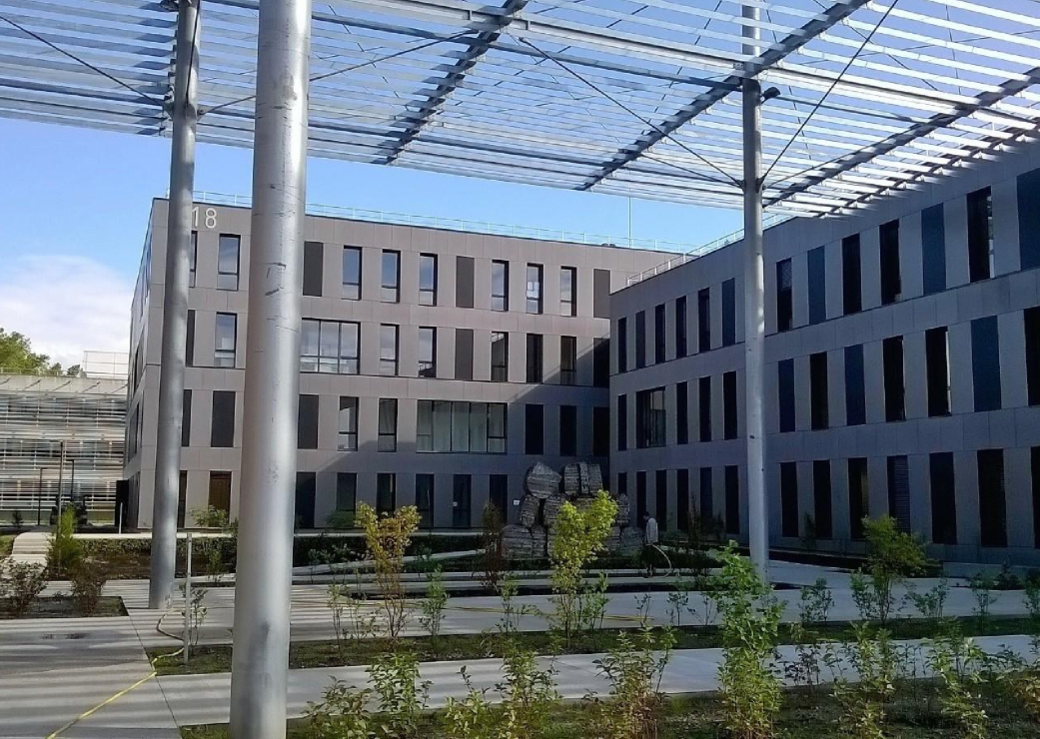
Aline Govin
Laboratoire des Sciences du Climat et de l’Environnement (LCSE), France
At LSCE, we use the fourth-generation Avaatech core scanner to analyze the elemental composition of marine and terrestrial sediment cores. Our scientific applications include tracing the provenance of sediment sources, monitoring contaminants and reconstructing the variability of deep-ocean circulation and monsoonal systems.
We highly value the Avaatech core scanner for its ease of use, reliability, and consistent performance. Technical issues are rare. Their technical support is the best I have ever experienced: it is quick, friendly and cost-effective!
We also appreciate the openness of the technical and scientific support teams, with whom we can easily exchange ideas.
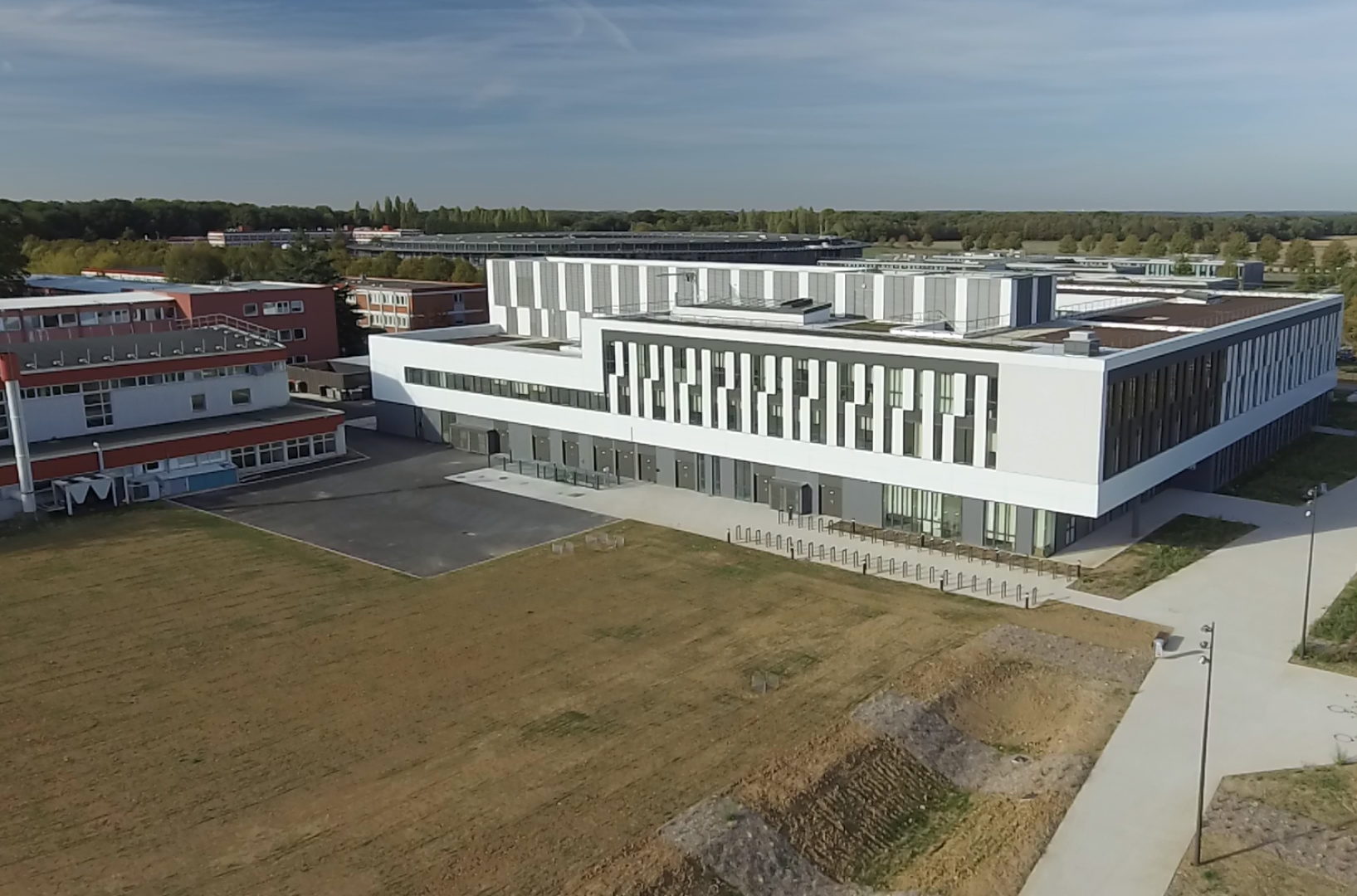
Vitor Hugo Magalhaes
Instituto Português do Mar e da Atmosfera (IPMA), Portugal
As a marine geologist studying the processes and effects of the migration and escape of fluids in sedimentary basins, I work not only with sediment cores but also with individual sediment samples. The Avaatech XRF scanner is extremely effective allowing me to precisely locate and characterise even the fine digenetic and reaction layers that record these processes, permitting me to rapidly concentrate all the subsequent studies in the desired samples or layers. The scanner is very easy to operate, meets all the safety and protection requirements without compromising the ease of operation. Support is excellent and always available.

Rafael Venegas-Ferrer
Universidad Nacional Autónoma de México (UNAM), Mexico
Institute of Geophysics
We are conducting high-resolution sediment core analysis to investigate past climate variability and geochemical changes in marine environments. The Avaatech Core Scanner has become an essential tool, enabling rapid, non-destructive acquisition of elemental profiles with customizable spatial resolution and scanning parameters. In a field dominated by benchtop and floor-standing instruments, having a dedicated core scanner offers distinct advantages in efficiency and sample handling. Technical support has been prompt, professional and helpful. We genuinely appreciate the technicians, not only for their expertise, but also for their willingness to assist whenever needed.

Anonymous scientist
Lanzhou University, People’s Republic of China
School of Earth Sciences
The AvaaTech Core scanner is an important equipment in geographic science research, and our laboratory is mainly used to conduct climate change research on lake and desert boreholes, and more than 10 scientists work on this instrument every year.
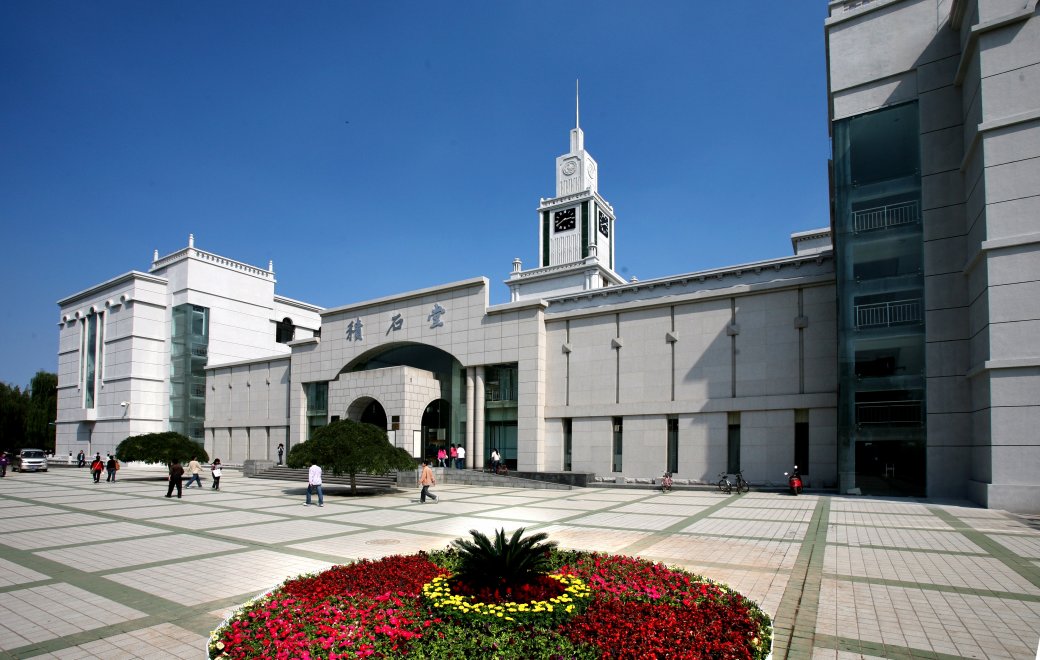
Anonymous scientist
Tongji University, People’s Republic of China
School of Ocean and Earth Science
We use XRF core scanner for scanning marine sediment cores, which is quite helpful for the research on sedimentology and paleoenvironment. The testing process is non-destructive, and the operation is simple, allowing for rapid data acquisition.



